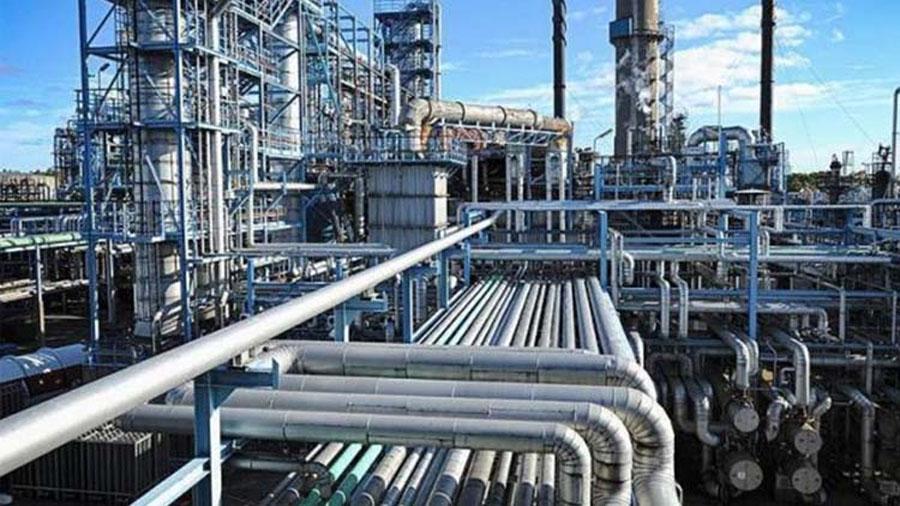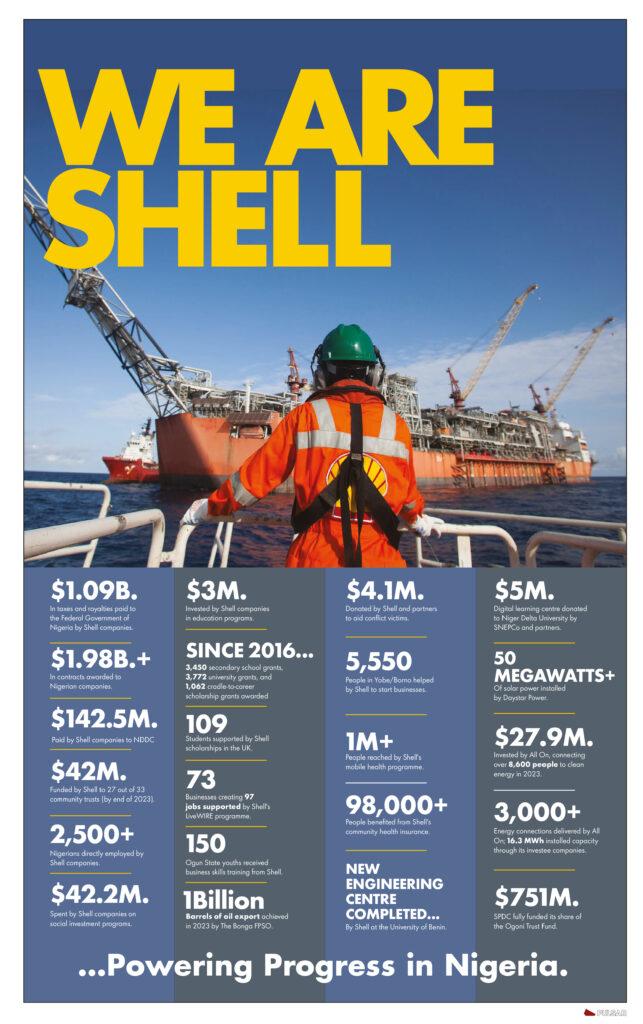Business
Investors fear ‘crypto winter’ is coming as bitcoin falls 50% from record highs

As cryptocurrency investors reel from the sharp sell-off in bitcoin and other digital currencies, some fear the worst is yet to come.
Bitcoin, the world’s largest virtual currency, briefly plunged below $33,000 Monday to its lowest level since July. It’s since recovered back above the $36,000 mark, but is still down almost 50% from a record high of nearly $69,000 in November.
Meanwhile, the entire crypto market has shed more than $1 trillion in value since bitcoin’s all-time high, as top tokens such as ether and solana followed the No. 1 digital currency to trade sharply lower. Ether has more than halved in value since reaching its peak in November, while solana has suffered an even steeper decline, falling 65%.
That’s got some crypto investors talking about the possibility of a “crypto winter,” a phrase referring to historic bear markets in the young digital currency market’s history. The most recent such occurrence happened in late 2017 and early 2018, when bitcoin crashed as much as 80% from all-time highs.
David Marcus, the former head of crypto at Facebook-parent Meta, appeared to admit a crypto winter has already arrived. In a tweet Monday, he said: “It’s during crypto winters that the best entrepreneurs build the better companies. This is the time again to focus on solving real problems vs. pumping tokens.”
Nadya Ivanova, chief operating officer at the BNP Paribas-affiliated tech research firm L’Atelier, said she’s not convinced a crypto winter has arrived yet — but the market is “now in a cooling off period.” That might not be so bad, she says.
“Over the last year — especially with all the hype in this market — a lot of developers seem to have been distracted by the easy gains from speculation in NFTs and other digital assets. A cooling off period might actually be an opportunity to start building the fundamentals of the market,” Ivanova told CNBC’s “Squawk Box Europe.”
Crypto’s rout has come in tandem with a slide in global stocks. Experts say that involvement from large institutional funds has meant digital assets are becoming more intertwined with traditional markets.
READ ALSO:
- You are architect of your trouble, Osun APC faction tells Oyetola
- FG condemns coup in Burkina Faso
- Monarch Assassinated, Three Others Burnt To Death In Ogun
- Don’t write off Eagles, Buhari appeals to Nigerians
The S&P 500 has fallen 8% since the start of the year, while the tech-heavy Nasdaq index is down over 12%. The correlation between bitcoin and the S&P 500 hit a fresh all-time high of 0.3 on Monday, according to Coin Metrics data.
Traders fear potential interest rate hikes and aggressive monetary tightening from the Federal Reserve will drain liquidity from the market. The U.S. central bank is considering making such moves in response to surging inflation, and some analysts say it could result in the end of the era of ultra-cheap money and sky-high valuations — especially in high-growth sectors like tech, which benefits from lower rates since companies often borrow funds to invest in their business.
“I think it’s related to the rout and withdrawal from risky assets overall,” Ivanova said of bitcoin’s recent decline.
The moves lower in major digital coins has been a boon to stablecoins, or digital currencies that track the value of sovereign currencies like the U.S. dollar. USD Coin, the second-largest stablecoin, has added over $5 billion in market value since Sunday, according to data from CoinGecko.
Correction?
Vijay Ayyar, vice president of corporate development and international at crypto exchange Luno, thinks the recent slump in crypto is more of a “correction” than a sustained downturn.
Bitcoin has typically seen “blow-off tops” before diving 80% or more, he said. This refers to a chart pattern which shows a steep increase in price and trading volume followed by a sharp fall in price.
“Corrections for BTC usually are in the 30-50% range, which is where we are currently, so still within normal correction territory,” Ayyar said.
Looking ahead, he says a key level to watch for bitcoin is $30,000. If it closes below that point in a week or more, “that would definitely indicate high likelihood of a bear market,” he said. A decline of around 80% from bitcoin’s recent peak would indicate a price of less than $15,000. Ayyar doesn’t think such a scenario is on the table.
Still, investors are worried about the prospect of further regulatory crackdowns on the crypto industry. Last week, Russia’s central bank proposed banning the use and mining of cryptocurrencies, mimicking a similar move from neighboring China. And the U.S. government is reportedly preparing to release a strategy to regulate crypto as early as next month.
MSN/CNBC
Business
PH refinery to blend 1.4-million litre petrol daily – NNPC

PH refinery to blend 1.4-million litre petrol daily – NNPC
Rehabilitated old Port Harcourt refinery is currently operating at 70 per cent of its installed capacity, the Nigerian National Petroleum Company Limited has said.
The Port Harcourt Refining Company (PHRC) operates two refineries: the old refinery with a capacity of 60,000 barrels per stream day (bpsd) and a new refinery with an installed capacity of 150,000 bpsd.
The NNPCL in a statement on Tuesday, said it planned to increase the operation to 90 per cent of the refinery’s capacity.
“The Board and Management of the Nigerian National Petroleum Company Limited (NNPC Ltd) express heartfelt appreciation to Nigerians for their support and excitement over the safe and successful restart of the 60,000 barrels-per-day Old Port Harcourt Refinery,” the statement reads.
“This achievement marks a significant step forward after years of operational challenges and underperformance.
“We are, however, aware of unfounded claims by certain individuals suggesting that the refinery is not producing products. For clarity, the Old Port Harcourt Refinery is currently operating at 70% of its installed capacity, with plans to ramp up to 90%.”
According to NNPC, the refinery has commenced production of daily outputs of straight-run petrol (naphtha), which is blended into 1.4 million litres of petrol.
The national oil company said the refinery has also started producing 900,000 litres of kerosene per day and 1.5 million litres per day of diesel.
The NNPC said 2.1 million litres daily volume of low-pour fuel oil (LPFO) would also be produced at the refinery, adding that additional volumes of liquefied petroleum gas (LPG) will be refined at the plant.
“It is worth noting that the refinery incorporates crack C5, a blending component from our sister company, Indorama Petrochemicals (formerly Eleme Petrochemicals), to produce gasoline that meets required specifications,” NNPC said.
“Blending is a standard practice in refineries globally, as no single unit can produce gasoline that fully complies with any country’s standards without such processes.”
Additionally, the NNPC said it has made substantial progress on the new Port Harcourt refinery, “which will begin operations soon without prior announcements”.
“We urge Nigerians to focus on the remarkable achievements being realized under the able and progressive leadership of President Bola Tinubu and to support efforts aimed at delivering more dividends to the nation,” the energy firm said.
According to the statement, malicious attacks on “clear progress” only undermine the “significant strides made by NNPC Ltd and the country”.
Business
PH refinery: 200 trucks will load petroleum products daily, says Presidency

PH refinery: 200 trucks will load petroleum products daily, says Presidency
No fewer than 200 trucks are set to load petroleum products at the government-owned Port Harcourt Refinery, the presidency has said.
A presidential spokesperson, Sunday Dare, made this known in a statement through his official X handle on Tuesday.
Newstrends had reported that the Nigerian National Petroleum Company on Tuesday announced that Port Harcourt Refinery has resumed operations and crude oil processing after years of inactivity.
READ ALSO:
- US-based Nigerians get 30-year sentence over $3.5m romance scam
- 4 Nigerians arrested in Libya for alleged drug trafficking, infection charges
- BREAKING: Port Harcourt refinery begins operation
Reacting, Dare said, “200 trucks are expected to load products daily from the refinery, Renewing the Hopes of Nigeria.”
He added that “the Port Harcourt refinery has two wings.
“The Old Refinery comes on stream today with an installed production capacity of 60, 000 barrels per day of crude oil.”
PH refinery: 200 trucks will load petroleum products daily, says Presidency
Business
Breaking: CBN increases interest rate to 27.50%

Breaking: CBN increases interest rate to 27.50%
The Central Bank of Nigeria (CBN) has raised the lending interest to 27.50 per cent from 27.25 per cent.
This latest increase in the Monetary Policy Rate came after a meeting of the Monetary Policy Committee (MPC) of the Central Bank of Nigeria (CBN) on Monday and concluded Tuesday.
The Monetary Policy Rate measures the benchmark interest rate.
The CBN Governor, Yemi Cardoso, announced this in Abuja on Tuesday after the MPC meeting, last for the year, held at the apex bank’s headquarters.
He said the MPC voted unanimously to raise the MPR by 25 basis points from 27.25% to 27.50%; and retain the Cash Reserve Ratio (CRR) at 50% for Deposit Money Banks and 16% for Merchant Banks.
The CBN governor also said the MPC retained the Liquidity Ratio (LR) at 30% and Asymmetric Corridor at +500/-100 basis points around the MPR.
-

 metro23 hours ago
metro23 hours agoBREAKING: Port Harcourt refinery begins operation
-

 Business3 days ago
Business3 days agoJust in: Dangote refinery reduces petrol price for marketers
-

 metro2 days ago
metro2 days ago40-foot container falls on car in Lagos
-

 Politics3 days ago
Politics3 days ago2027: Lagos Speaker, Obasa joins gov race, may battle Seyi Tinubu, others
-

 Politics2 days ago
Politics2 days agoLagos 2027: Seyi Tinubu campaign team releases his life documentary
-

 International2 days ago
International2 days agoTrump to sack 15,000 transgender officers from U.S. military: Report
-

 Education16 hours ago
Education16 hours agoUS University opens 2025 scholarships for international students
-

 Entertainment2 days ago
Entertainment2 days agoPolygamy best form of marriage for Africa – Okey Bakassi












